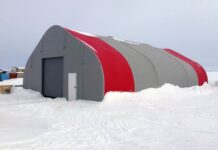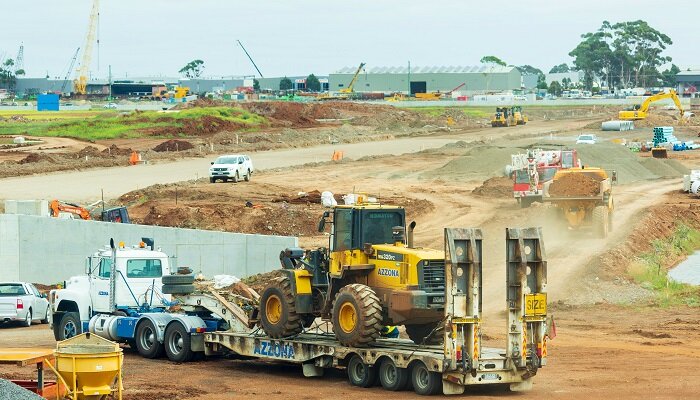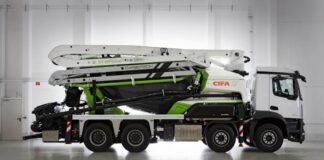Weather conditions can severely affect all rigging operations, and all industries need to consider how cold weather, sun, and rain can possibly damage equipment. In the construction world, time equals money, but valuing productivity over equipment health can cost you even more.
Why Not to Use Heavy Equipment in Extreme Temperatures
Extreme weather conditions can cause serious injury to workers and damage rigging hardware. As certain weather conditions can affect the design, stability, and performance of the equipment, companies should cease using or attempt to protect heavy equipment while in extreme weather.
Protecting all machines, even in your home, from extreme temperatures is vital. Contact a local home professional to ensure your heating and AC are working efficiently. For example, you can call the heating repair and maintenance experts, Conway Services, if you live in Memphis.
3 Weather Conditions That Affect Construction Equipment
Any extreme weather condition can negatively affect construction equipment, but it’s obvious that a tornado could do a lot of damage. However, common conditions can still do harm.
Cold Weather
Cold weather is common in northern and middle America, but even southern parts of the US experience cold weather from time to time. Employers should consult industry-specific building codes to take necessary precautions to prevent the effects of cold weather on equipment.
While most excavation equipment handles fine in cold weather, you’ll need to consider the damage done to masonry units. In lower temperatures, the process of cement hydration slows or completely stops due to a lack of heat, which can reduce the masonry’s bond strength.
All frozen masonry units must be thawed/melted before use. You should also use pre-heated bricks if you want to ensure they have the same absorption characteristics as normal.
Do what you can to protect the mortar in freezing temperatures. A frozen mortar mill has significantly less compressive strength than normal, which could cause issues when used.
Hot/Dry Weather
Similar to the human body, construction equipment can overheat. When this happens, it either shuts down to prevent further damage or keeps trucking along, but at a lower efficiency.
According to McKinsey, predictive maintenance can reduce downtime by 30% to 50% and extend the machine’s life by up to 40%. Failure to properly care for equipment cooling systems can cause a shutdown. If the machine is in direct sunlight, you can expect even more damage.
If your heavy equipment includes some components that are made of plastic, sun exposure can weaken it. Depending on the concentration of the heat and where it’s positioned, there’s a possibility that parts of the equipment can melt or malfunction (i.e., electrical components).
If the hot weather is accompanied by dryness, it’ll increase its negative effects. For example, dry air causes static electricity to build up, which can cause errant discharges in equipment.
Wind and Storms
A great deal of judgment is required when performing construction operations during a wind or thunderstorm. If heavy wind is present but not accompanied by lighting, you should be more worried about rogue equipment. In some cases, wind can topple certain heavy machinery.
In the best-case scenario, the piece of heavy equipment will topple over and not move. In the worst scenario, it’ll pick up speed, continue to roll, and smash into other pieces of equipment.
Lighting is one of the most destructive weather conditions for equipment. As a positive, the workers inside the vehicle, if it gets struck by lightning, should be able to walk away safely.
The damage lightning can cause to equipment can range from a small scratch to the complete destruction of the equipment. The most common forms of damage include arcing, pitting, and a burning interior. In very rare cases, the equipment can blow up and cause further damage.




































